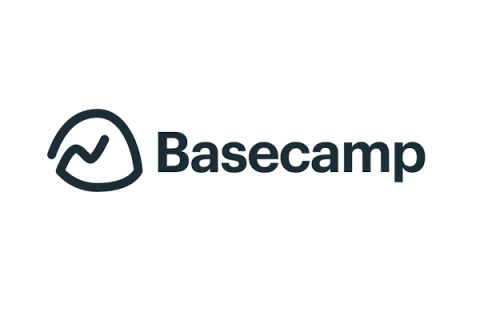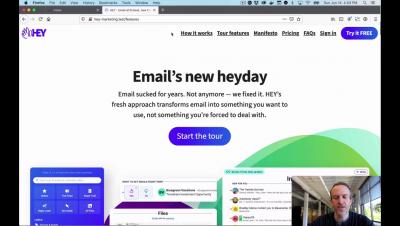Teams | Collaboration | Customer Service | Project Management
Basecamp
Options, Not Roadmaps
Since Shape Up came out, many people asked some version of this question: I understand you make bets six weeks at a time. But how do you plan in the longer term? Don’t you have some kind of a roadmap? The short answer is: no. We don’t have roadmaps. We think about what to do at the timescale larger than single bets, but we do it in a different way. No matter how you try to hedge it, a roadmap communicates a plan—a series of commitments—to other people.
How Basecamp Became a 100% Remote Company
Moving is never fun. It’s bad enough when it’s your stuff, but ten years of stuff at an office you only spent two years in can be daunting! I’m Navid, and part of my job at Basecamp the last two years has been taking care of our office in Chicago. As folks outside of Basecamp learned of our impending office closure, I began to get some questions. The most common being “what did you do with the stuff?
Remote work is a platform
Back in the mid-90s, just as Netscape Navigator was giving us our first look at what the visual internet could be, web design came in two flavors. There was the ultra basic stuff. Text on a page, maybe a masthead graphic of some sort. Nothing sophisticated. It often looked like traditional letterhead, or a printed newsletter, but now on the screen. Interactions were few, if any, but perhaps a couple links tied a nascent site together. And there was the other extreme.
Take a tour of HEY
Celebrating 3 million accounts (fewer)
We recently deleted over three million accounts across all our apps. This was the answer to a question we asked ourselves last year: what should we do about accounts that weren’t cancelled, but weren’t used either? Should we keep hold of their data forever? That felt wrong – we promise to delete data when you cancel your account. Keeping so much data around felt like we weren’t living up to that promise, and felt like a liability, so we decided to do something about it.
Employee-surveillance software is not welcome to integrate with Basecamp
We’ve been teaching people how to do remote work well for the better part of two decades. We wrote a whole book about the topic in 2013, called REMOTE: Office Not Required. Basecamp has been a remote company since day one, and our software is sold as an all-in-one toolkit for remote work. Yeah, we’re big on remote work! So now that COVID-19 has forced a lot of companies to move to remote work, it’s doubly important that we do our part to help those new to the practice settle in.
Hiring programmers with a take-home test
There’s no perfect process for hiring great programmers, but there are plenty of terrible ways to screw it up. We’ve rejected the industry stables of grilling candidates in front of a whiteboard or needling them with brain teasers since the start at Basecamp. But you’re not getting around showing real code when applying for a job here. In the early days of the company, we hired programmers almost exclusively from the open source community.
Seamless branch deploys with Kubernetes
Basecamp’s newest product HEY has lived on Kubernetes since development first began. While our applications are majestic monoliths, a product like HEY has numerous supporting services that run along-side the main app like our mail pipeline (Postfix and friends), Resque (and Resque Scheduler), and nginx, making Kubernetes a great orchestration option for us.
The Majestic Monolith can become The Citadel
The vast majority of web applications should start life as a Majestic Monolith: A single codebase that does everything the application needs to do. This is in contrast to a constellation of services, whether micro or macro, that tries to carve up the application into little islands each doing a piece of the overall work. And the vast majority of web applications will continue to be served well by The Majestic Monolith for their entire lifespan.





